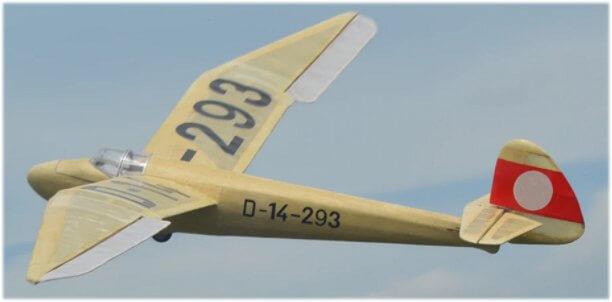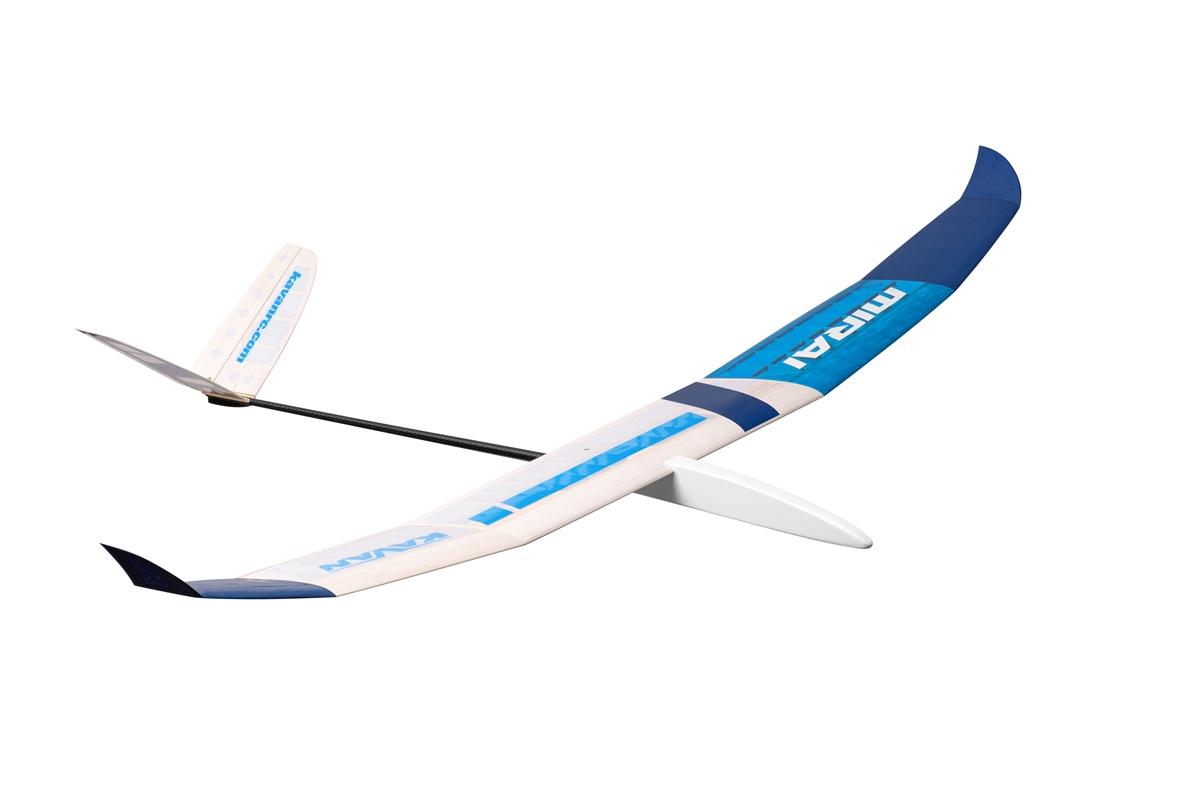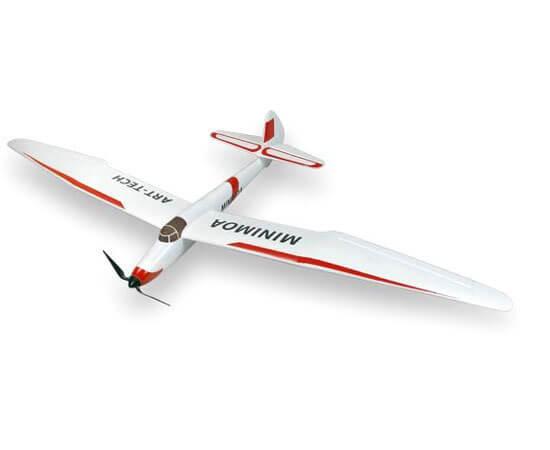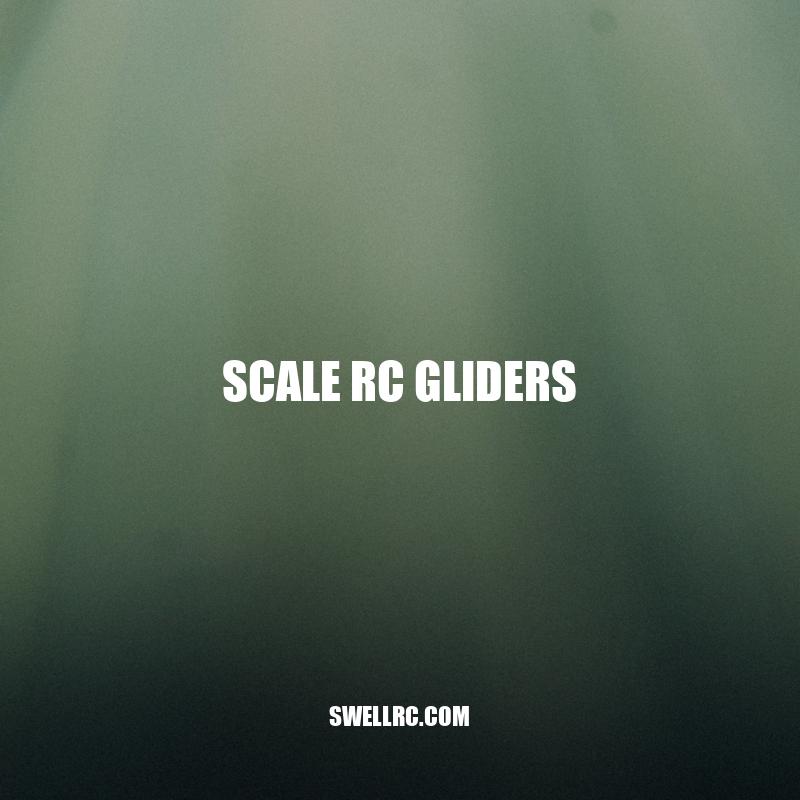Exploring Scale RC Gliders: Design, Features, and Flying
Scale RC gliders are remote control replicas of real-life gliders that are used primarily for RC hobbyists. These gliders are constructed with intricate details to give a precise replica of the original glider. Scale RC gliders can be incredibly complex and require a lot of skill and dedication to build and fly. Since their inception in the 1970s, scale RC gliders have been a huge part of the RC community, and their popularity continues to grow exponentially. A few of the distinguishing features of scale RC gliders are their intricate design and materials used. RC glider enthusiasts pay special attention to every detail of the gliders they build, ensuring they match their real-life counterparts; the small details can make a great difference in the minute attributes of the plane. Scale RC gliders are also constructed with lightweight materials such as balsa wood, carbon fiber, and aluminum to ensure they can glide through the air with ease.
Features of Scale RC Gliders: Design and Materials
A few of the distinguishing features of scale RC gliders are their intricate design and materials used. RC glider enthusiasts pay special attention to every detail of the gliders they build, ensuring they match their real-life counterparts; the small details can make a great difference in the minute attributes of the plane. Scale RC gliders are also constructed with lightweight materials such as balsa wood, carbon fiber, and aluminum to ensure they can glide through the air with ease. The design of the gliders is well researched, and enthusiasts have come up with multiple features to make their gliders better and more realistic. Building materials are carefully chosen to make the gliders lightweight yet durable. Numerous websites are available online where one can get a detailed description of these features, along with the information on where to get building materials or products related to RC gliders. Some popular websites include Horizon Hobby and RC Groups.

What are some popular lightweight materials used to construct scale RC gliders?
Some popular lightweight materials used to construct scale RC gliders are balsa wood, foam, carbon fiber, and mylar film.
Mastering Aerodynamics in Scale RC Glider Design
Building a scale RC glider is a time-consuming process that involves extensive research and development. The process of designing a scale RC glider requires attention to every detail of the glider, from the size to the shape of each component. RC hobbyists also need to consider the materials to use and how to construct the glider to make it as lightweight as possible. Aerodynamics plays a crucial role in designing a scale RC glider; understanding the principles of lift, drag, and airfoil has to be comprehensive. As a result, RC builders often create detailed models of their glider before the construction process begins.
Numerous websites such as rc-airplane-world.com provide detailed information on this process, including step-by-step instructions, videos, and images, to help new RC hobbyists learn how to build their scale RC gliders.

What are some helpful resources for learning how to build a scale RC glider?
Some helpful resources for learning how to build a scale RC glider include online tutorials, instructional books, and RC hobbyist forums.
Mastering the Art of Flying Scale RC Gliders
Flying scale RC gliders is a thrilling and exciting experience for RC hobbyists. It requires a combination of skills and precision to make the glider fly. RC enthusiasts spend years honing their skillset, and the joy of their efforts is evident when the glider successfully glides through the air. Before taking flight, testing and adjusting the glider’s balance, elevators, and servos are pre-requisites for flying. The glider pilot needs to understand how the wind behaves and the importance of thermals (upward drafts of warm air that help gliders ascend) to guide the glider’s direction. However, even the most skilled RC glider pilots have to choose the perfect environment and weather condition for flying. It is better to fly in a clear and open area with steady wind flow and little to no obstacles. Numerous online forums and groups provide information, tips, and tricks for flying scale RC gliders, aiding those striving to learn this art form.
The joy of flying scale RC gliders is unparalleled. RC gliders give their pilots the thrill of controlling a flying object and let them enjoy the scenery from above without the noise of a motor. Test flying is crucial before flying a scale RC glider. This ensures that all parts are functioning correctly and are well-balanced. Skilled pilots have to be proficient in using the elevators, ailerons, and rudder effectively to maneuver the glider. One of the significant challenges of flying scale RC gliders is learning how to use thermals to ascend to greater heights. RC gliders that are well-tuned for aerodynamics and balance can ride thermals for a long time. This can result in flights lasting for hours, covering great distances and reaching significant altitudes.
The skills required to fly a scale RC glider are developed over time. Constant practice and patience are required to perfect the art of flying. RC glider pilots need to be aware of the weather conditions to ensure safe flying. A gust of wind or turbulence can throw the glider off balance, leading to a crash. The importance of choosing the right environment and weather condition for flying scale RC gliders cannot be overstated. Novice pilots are advised to start by flying in calm weather conditions, after which they can move on to more challenging conditions. The fun of flying RC gliders increases with experience and skill. A hobby that begins with simple flights over the lawn can turn into an adventure that takes the pilot across the countryside.

What are the recommended weather conditions for flying scale RC gliders?
Recommended weather conditions for flying scale RC gliders include light to moderate winds, clear skies, and low humidity.
Scale RC gliders are an incredible hobby that brings together aviation, electronics, and craftsmanship to create a perfect package for enthusiasts. The future of the RC gliding world is incredibly promising, because of the constant development of technology, materials, and manufacturing techniques. In the era of technological innovations like GPS, microcontrollers, and other electronics, the scope of RC gliders is boundless. As technology improves, many enthusiasts predict that automation and autonomy will soon be part of the RC gliding experience, making it more intuitive and exciting. The simplicity and natural beauty of gliding silently through the air make it an unforgettable and rewarding experience for all those involved.
So if you’re reading this article and considering trying scale RC gliders as a hobby, there’s no better time to start than now. The thrill of designing, building, and flying a glider that mimics the real thing can be an incredibly satisfying experience. However, keep in mind that it takes time, dedication, and practice to master the art of flying an RC glider. And for those who are already a part of this community, let’s keep celebrating the beauty and thrill of the scale RC gliding world together.



